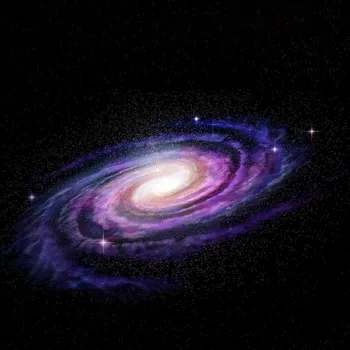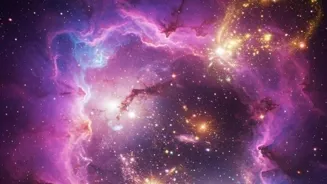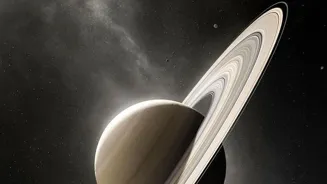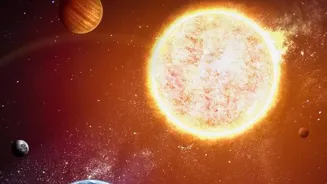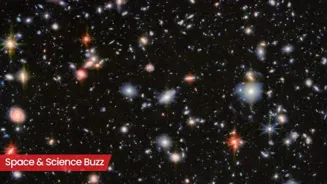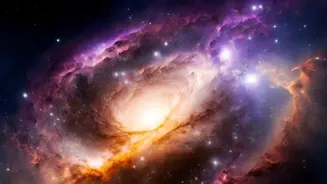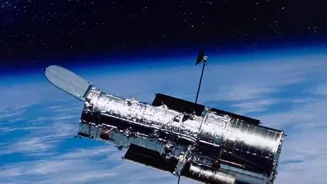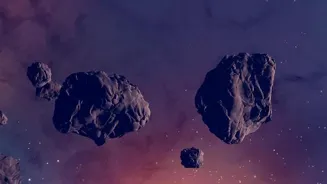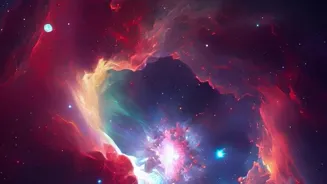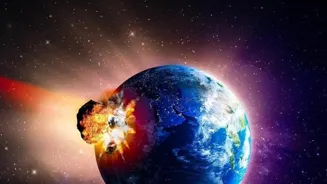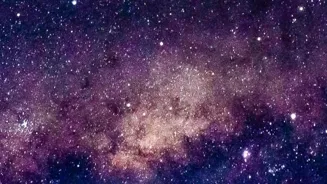Delve into the Cosmic Calendar: A Window into the Universe's Timeline. Explore how 13.8 billion years map onto a single year
Imagine the entire 13.8 billion year old history of the universe squeezed into
a single year. That's the basic idea behind the Cosmic Calendar, a fascinating tool to help us grasp the immense timescales involved in cosmic evolution.
Popularized by the renowned astronomer Carl Sagan, this calendar provides a more intuitive way to understand when key events, like the Big Bang, the formation of our solar system, and the appearance of humans, occurred in relation to one another.
It's like taking a grand tour through time, witnessing the unfolding of cosmic drama from its explosive beginning to the present day. Let's delve into this amazing concept and see what it reveals about our place in the grand cosmic story.
Mapping universe's lifespan on a calendar for cosmic perspective
The Cosmic Calendar works by mapping the entire lifespan of the universe, from the Big Bang to the present, onto a single Gregorian year. Each month represents roughly 1.15 billion years, each day equals about 40 million years, each hour equates to 1.
7 million years, each minute equals 28,300 years, and each second represents 472 years. The Big Bang, the event that kicked off everything, is placed at the stroke of midnight on January 1st.
This scaling allows us to visualize the immense stretches of time that separate different cosmic events, providing a context that is often lost when dealing with billions of years. Now, let's take a walk through this cosmic year and discover some of the major milestones.
Formation of galaxies and stars on the Cosmic Calendar
On the Cosmic Calendar, the early months are dominated by the formation of galaxies and stars. Our own Milky Way galaxy, the vast spiral island of stars we call home, would have started to form sometime in March. By May, many of the familiar galaxies we see today would have been taking shape.
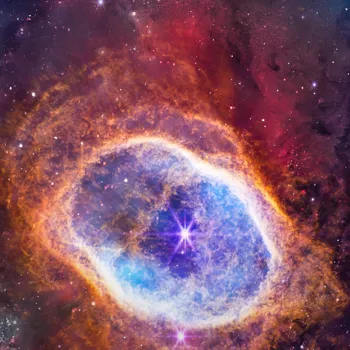
Within these galaxies, stars are born, live, and die, sometimes in spectacular supernova explosions that seed the universe with the elements needed for future generations of stars and planets.
It is here that the heavy elements, such as carbon, oxygen, and iron, which are essential for life as we know it, are forged. These elements are then scattered across space, waiting to be incorporated into new solar systems.
Our solar system forms late in cosmic year, life evolves slowly
Our solar system, including the Sun and all the planets orbiting it, comes into existence relatively late in the cosmic year, around September 9th. The Earth itself forms shortly after, and for a long time, it's a hot, volcanic world.
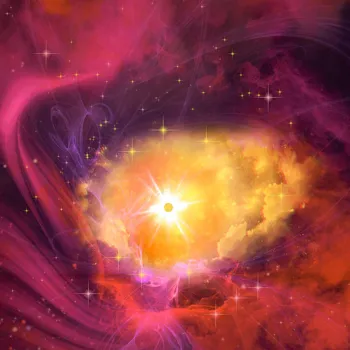
The first life on Earth, simple single-celled organisms, appears sometime towards the end of September. These early life forms slowly transform the Earth's atmosphere, paving the way for more complex life to evolve.
However, it's not until much later in the year that things really start to get interesting from a human perspective. Even after the first life forms arise, the universe continues to evolve gradually, with galaxies colliding and stars being born and dying.
Complex life emerges late in cosmic calendar; humans appear last
The appearance of complex multicellular life doesn't happen until well into December on the Cosmic Calendar. The dinosaurs roam the Earth for a brief period, disappearing around December 26th. Mammals begin to diversify and take over the planet.
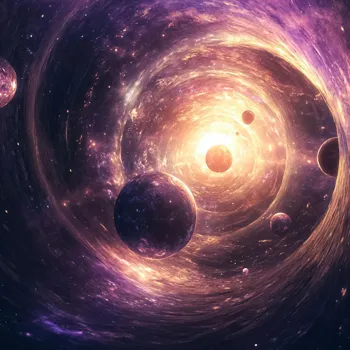
It's important to note that the events are happening so late within the calendar year, proving that the universe is beyond comprehension. It is only in the last few hours of December 31st that our human ancestors begin to emerge.
The entire history of humanity, from the first tool-using hominids to modern civilization, occupies only the very last minutes, even seconds, of the cosmic year.
Human existence on the cosmic timeline is a mere blink
Homo sapiens, our own species, appears on the scene only about 30 seconds before midnight on December 31st. All of recorded history, from the invention of writing to the present day, is compressed into the last few fractions of a second. This realization can be both humbling and awe-inspiring.
It puts into perspective the relatively short time we have been around as a species, and the vastness of the universe that stretches out both in space and time. It also highlights how precious and fragile our existence is, given the cosmic scale of things.
The Cosmic Calendar is not just a way to visualize time; it is also a tool for understanding our place in the universe.
Cosmic Calendar shows vast cosmic time vs human existence
The Cosmic Calendar is a mind-bending tool that highlights the sheer enormity of cosmic time and the relative recency of human existence. Remember, compressing 13.8 billion years into a single year makes it easy to visualize all the events in the universe.
